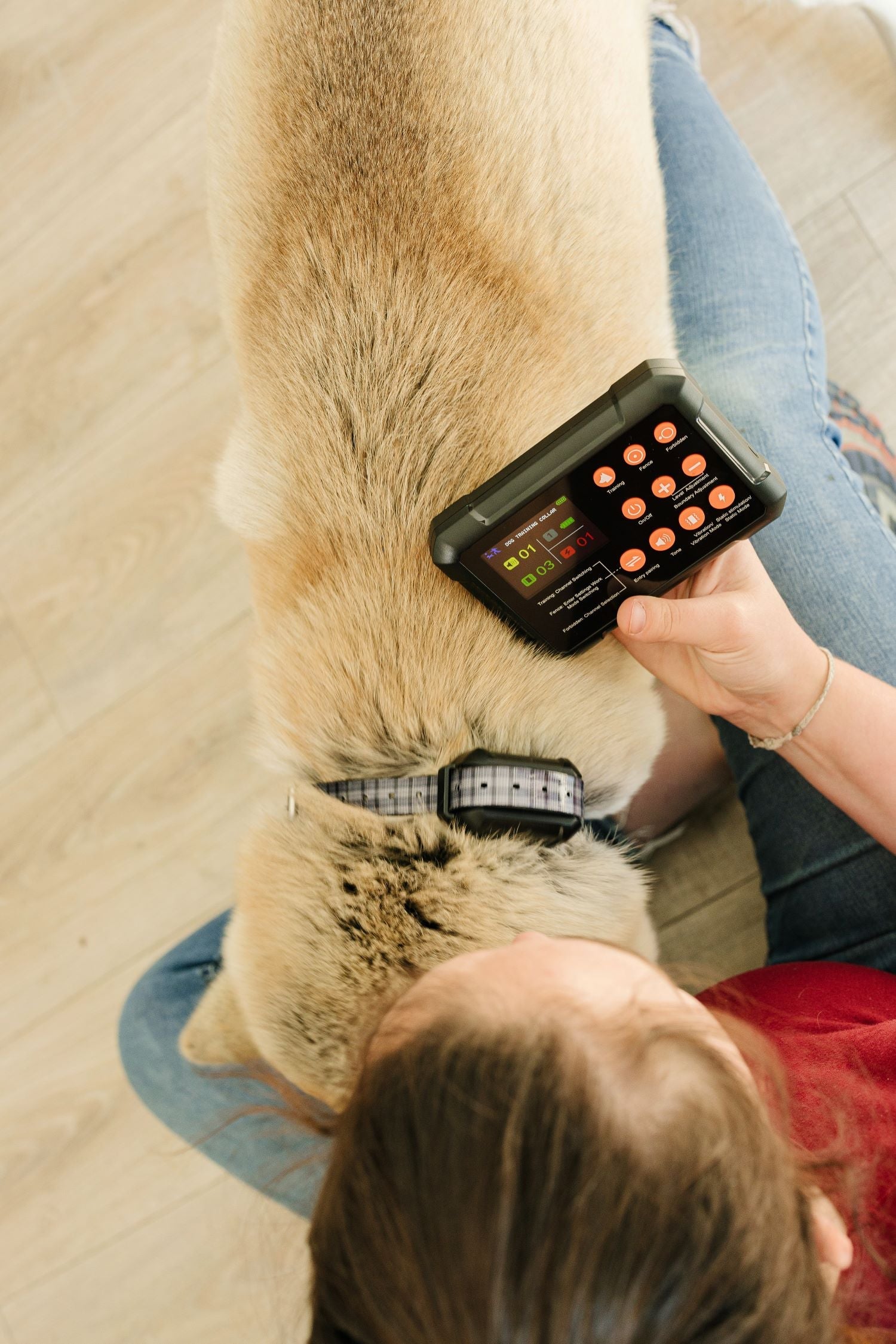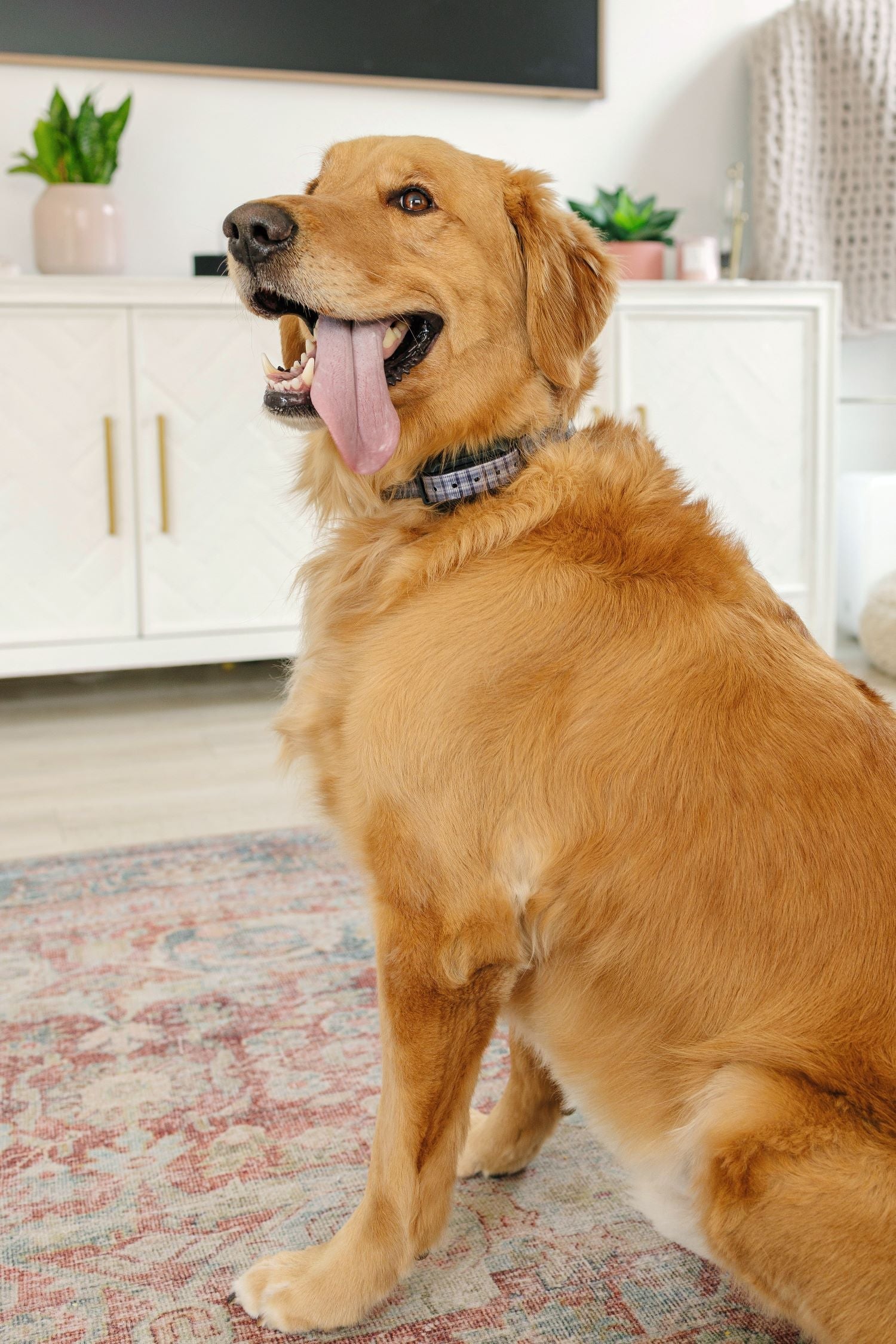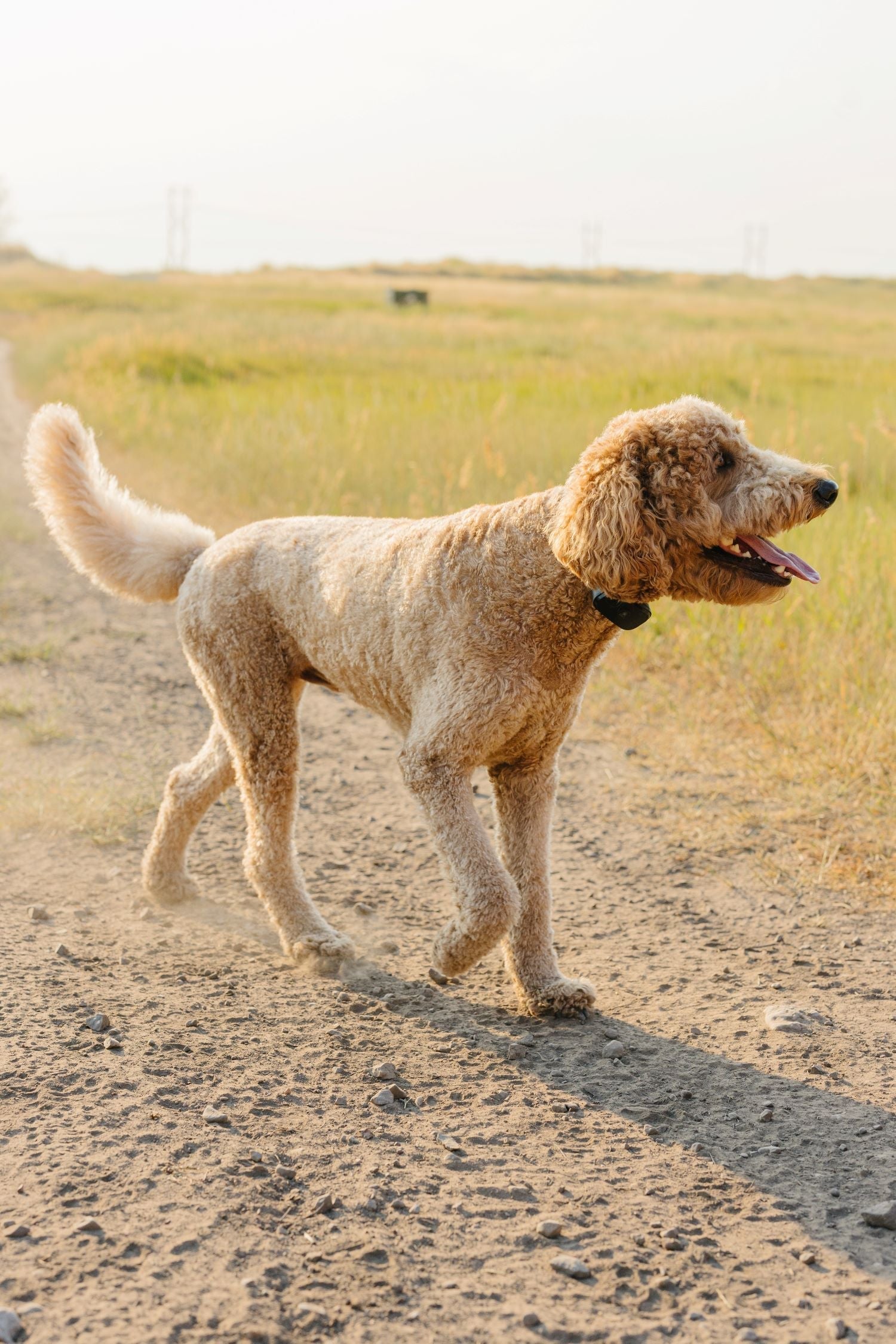Setting Up Boundaries Using Wireless Dog Fence
Wireless dog fences have revolutionized pet containment by providing a safe, invisible boundary that allows dogs the freedom to roam without the need for physical barriers. With advancements in GPS technology, products like the Pawtronic GPS Fence have made it easier than ever for pet owners to set up customizable boundaries and ensure their dogs' safety. However, simply installing a wireless fence isn’t enough—it’s essential to understand how boundary settings work and how to optimize them for maximum effectiveness.
In this guide, we’ll explore how to properly set up and adjust boundary settings, troubleshoot common issues, and ensure your dog remains safe and well-trained within the designated area.
How Wireless Fences Work
Unlike traditional fences or wired containment systems, wireless dog fences use GPS or radio signals to establish a perimeter. Devices like the Pawtronic GPS Fence operate by linking a collar receiver with a designated boundary area, sending signals to correct the dog if it approaches or crosses the set limits. These systems eliminate the need for digging trenches or installing physical barriers. Thus, making them an ideal solution for pet owners looking for flexibility and convenience.
However, while the technology is highly effective, understanding how to fine-tune the settings can make a significant difference in ensuring your pet’s safety and comfort.
Setting Up an Effective Boundary
One of the most critical aspects of maximizing a wireless fence is proper boundary placement. The Pawtronic GPS Fence allows pet owners to customize the range, but setting the boundary too close to roads, water bodies, or other hazards can put your dog at risk.
To establish a safe and effective boundary:
- Choose an open space free from interference like tall buildings, metal structures, or dense tree cover that can obstruct GPS signals.
- Start with a larger boundary area before gradually reducing it based on your dog’s response to training.
- Ensure the perimeter is well within your property lines to avoid accidental corrections near public spaces.
- Mark the boundary temporarily with flags to help your dog visualize the safe area during training.
Training Your Dog to Respect Boundaries
Even with the most advanced wireless fence system, dogs need proper training to understand and respect boundaries. A study conducted by the American Kennel Club (AKC) found that dogs trained with positive reinforcement adapt to electronic containment systems more quickly than those trained using punishment-based methods.
For effective boundary training:
- Introduce your dog to the boundary using visual markers before activating the correction feature.
- Use treats and verbal praise to encourage them to stay within the designated area.
- Gradually increase distraction levels by introducing toys or other animals to ensure they remain within the boundary.
- Start with shorter training sessions and extend them as your dog becomes more comfortable with the system.
Adjusting Boundary Sensitivity for Different Environments
Environmental factors can impact how a wireless fence system functions. If your property has uneven terrain, dense vegetation, or areas prone to signal interference, you may need to adjust the boundary settings accordingly. The Pawtronic GPS Fence provides adjustable range settings, allowing pet owners to modify the boundary size based on their specific environment.
To optimize boundary sensitivity:
- Increase the boundary range in areas with weak GPS signals to prevent accidental corrections.
- Reduce sensitivity near driveways or public paths to minimize false corrections when your dog is within the safe zone.
- Regularly check for updates on the fence’s software to ensure it adapts to any environmental changes.
Avoiding Common Wireless Fence Issues
While wireless fences are highly effective, users may encounter occasional challenges. Some of the most common issues include inconsistent signals, collar malfunctions, and accidental corrections. Addressing these problems early ensures the system functions as intended.
Some troubleshooting tips include:
- Inconsistent signals: Ensure there are no large obstructions like metal fences or tall buildings that can interfere with GPS connectivity.
- Collar not responding: Check battery levels regularly and replace batteries as needed. The Pawtronic GPS Fence is designed with long-lasting battery life, but it’s still crucial to monitor power levels.
- Accidental corrections: If your dog receives corrections when inside the safe zone, recalibrate the boundary and test the collar sensitivity settings.
Benefits of a Well-Calibrated Wireless Fence
Maximizing the potential of your wireless fence comes with numerous benefits. A well-calibrated system ensures:
- Increased safety: Proper boundary settings keep dogs away from roads, bodies of water, and hazardous areas.
- Peace of mind for owners: Knowing that your pet has a safe, controlled space to play reduces the risk of accidents and escapes.
- More freedom for dogs: Dogs can enjoy off-leash playtime while still being safely contained within the designated perimeter.
- Easier training and behavior management: Dogs trained with a well-calibrated system adapt quickly to boundary rules, leading to better obedience overall.
The Role of GPS Technology in Modern Pet Containment
With advancements in GPS technology, pet containment systems like the Pawtronic GPS Fence have improved significantly in terms of accuracy and reliability. Unlike traditional wired systems that require installation effort and maintenance, GPS-based wireless fences provide:
- Customizable boundaries: Owners can set flexible perimeter sizes based on their specific property layout.
- Real-time tracking: Many systems allow pet owners to track their dog’s location through mobile apps, ensuring constant monitoring.
- Improved accuracy: Advanced algorithms help minimize false corrections, ensuring a more reliable containment system.
Why Choose the Pawtronic GPS Fence?
Among the many wireless fence options available, the Pawtronic GPS Fence stands out due to its combination of reliability, ease of use, and advanced features. Designed for pet owners who prioritize their dog’s safety, it offers:
- Adjustable boundary settings to fit different property sizes.
- Long-lasting battery life for extended outdoor use.
- User-friendly mobile app integration for real-time tracking.
- Durable, waterproof collar design suitable for all weather conditions.
Choosing a high-quality containment system ensures that your dog remains safe while enjoying off-leash freedom.
Final Thoughts:
Understanding boundary settings and maximizing your wireless fence is essential for ensuring the safety and well-being of your pet. By setting up effective boundaries, training your dog properly, and troubleshooting potential issues, you can create a secure environment that allows your dog to roam freely without risks.
With innovative products like the Pawtronic GPS Fence, pet owners can now provide their dogs with the best of both worlds—freedom and security. Investing in a reliable wireless containment system, combined with proper training and regular boundary adjustments, ensures a safer and happier experience for both you and your furry friend.




Leave a comment
This site is protected by hCaptcha and the hCaptcha Privacy Policy and Terms of Service apply.